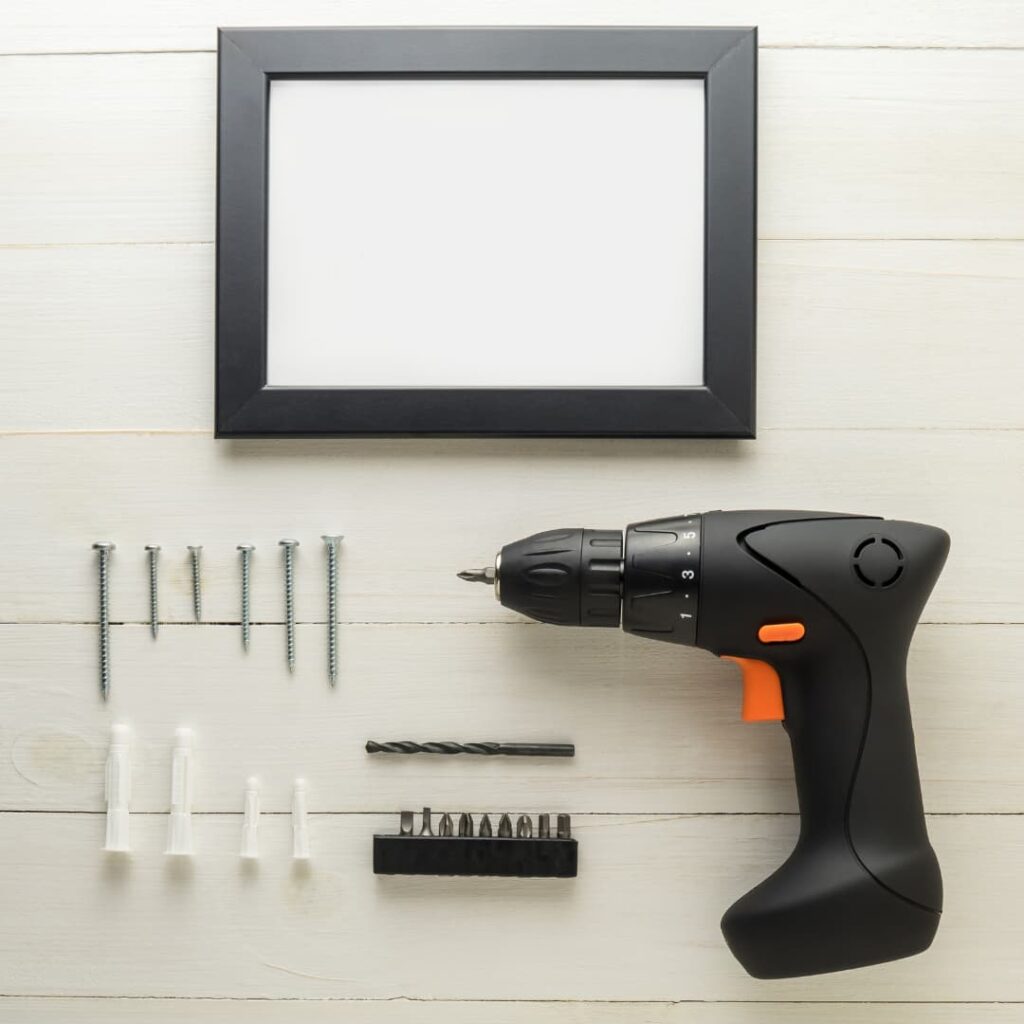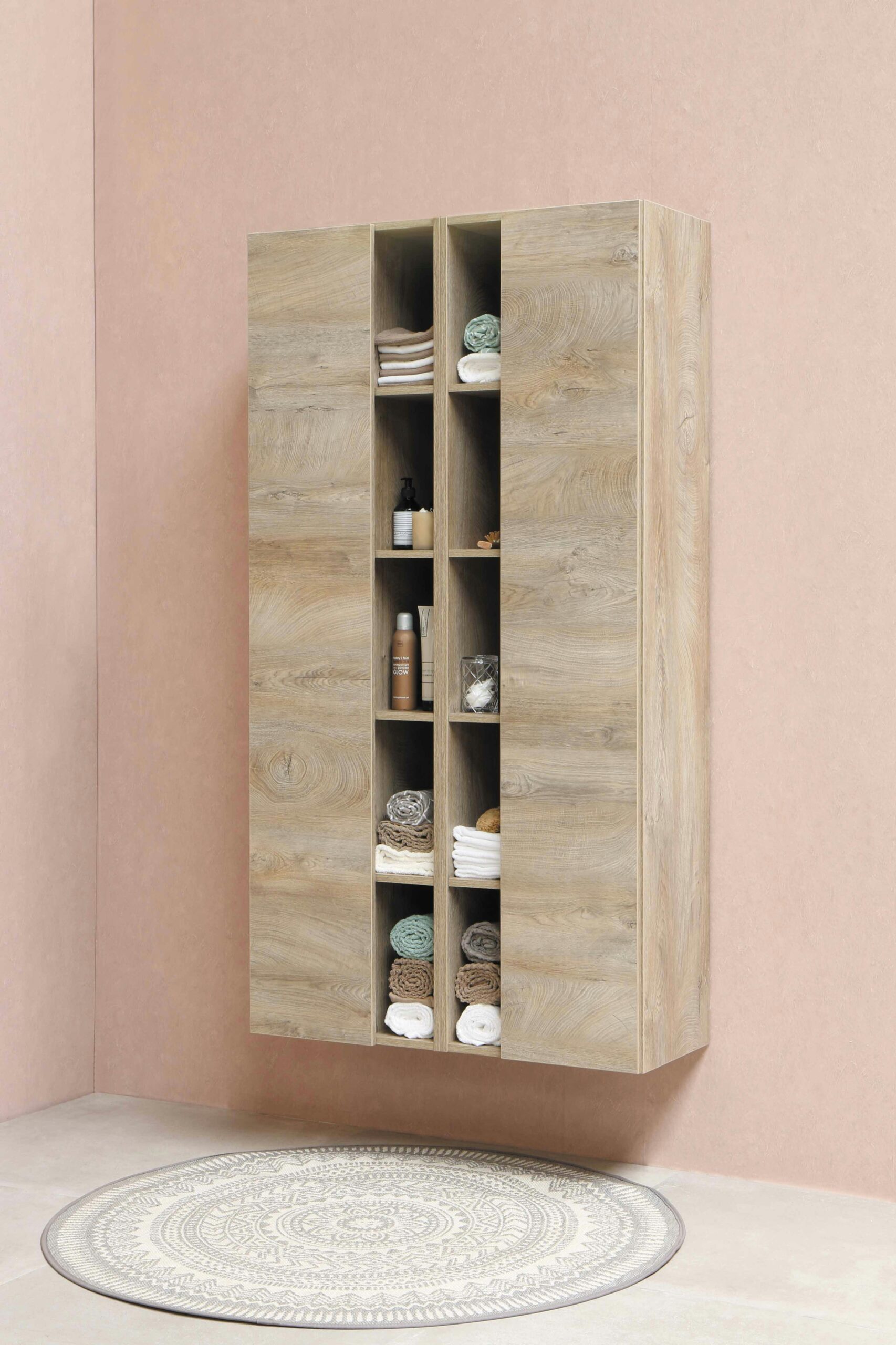Introduction to Photo Frame Hooks
Photo frame hooks serve as essential hardware for displaying photographs and artwork in both residential and commercial spaces. Their primary purpose is to securely hang picture frames on walls, contributing not only to the aesthetic appeal of the decor but also ensuring stability and safety. The choice of the right hook can significantly impact the overall presentation of framed items, making it essential for homeowners to consider various factors when selecting photo frame hooks.

Essentially, photo frame hooks come in various types and designs, each tailored to suit different frame sizes, weights, and wall materials. Common varieties include adhesive hooks, nail-in hooks, and picture hangers with heavy-duty capabilities. The selection of the appropriate type is crucial as each serves distinct needs; for example, adhesive hooks are ideal for lightweight frames and can be removed without damage, while more robust hooks may be necessary for larger, heavier pictures. Understanding the specifications of each type can aid in creating a well-curated gallery wall that enhances the room’s decor.
Furthermore, using appropriate photo frame hooks not only elevates the overall appearance of a room but also protects both the wall surface and the frame itself. Some hooks can leave marks or damage drywall, while others may compromise the integrity of the frame if not correctly chosen. This makes the correct selection of photo frame hooks integral to maintaining the visual harmony of your space while ensuring that your cherished memories are displayed securely. As we explore this topic further, we will delve into the considerations for choosing the right hooks tailored to individual preferences and wall characteristics.
Types of Photo Frame Hooks
When it comes to displaying your cherished photographs, selecting the appropriate photo frame hooks is essential. The market offers a variety of hook types each designed to cater to different frame sizes, weights, and wall materials. Understanding these options can significantly enhance your wall decor while ensuring safety and stability.
Standard hooks are perhaps the most common option. They are generally made of metal and can accommodate a variety of frame sizes. Standard hooks are suitable for lightweight to medium-weight frames and are typically installed with nails or screws. They are ideal for drywall, as they provide excellent support without risking damage to the wall.
Adhesive hooks are another popular choice, especially for renters or those looking to avoid permanent damage to walls. These hooks come with adhesive backing, allowing for easy installation on smooth surfaces. While they are convenient, it is crucial to consider their weight capacity, which can limit their use for larger frames.
Beyond these, specialized hooks such as sawtooth, D-ring, and wire hooks cater to more specific needs. Sawtooth hooks are recognizable by their serrated edges, making them suitable for positioning frames with a flush appearance to the wall. D-ring hooks, on the other hand, provide added stability and are ideal for heavier frames. They attach securely to the back of the frame and allow for easy hanging. Lastly, wire hooks are versatile and can be used for frames of various sizes. They create a level hanging point and are especially beneficial for larger or heavier frames.
Ultimately, the choice of photo frame hooks depends on your specific needs, including the frame size, wall material, and the desired aesthetic. By carefully selecting the right hook type, you can ensure that your photos are displayed securely and beautifully.
Factors to Consider When Choosing Hooks
When selecting the appropriate hooks for hanging photo frames, several crucial factors must be considered to ensure a successful and lasting installation. One of the primary considerations is the weight capacity of the hooks. Different frames can vary significantly in weight, influenced by factors such as the size of the frame and the type of glass or materials used. Therefore, it is essential to choose hooks that can comfortably support the weight of the frames to prevent any accidents or damage.
Another important aspect is wall material compatibility. The type of wall—be it drywall, concrete, or plaster—can dictate which types of hooks will work best. For instance, lightweight frames may be suitable for adhesive hooks on drywall, whereas heavier frames may necessitate the use of screws or anchors that are appropriate for concrete or brick walls. Understanding the supports and limitations of your wall material is vital for achieving a secure attachment.
Ease of installation is also a factor worth considering. Some hooks are designed for quick, straightforward installation, without the need for specialized tools. This can be particularly beneficial for those who prefer a hassle-free approach or are less experienced in DIY tasks. On the other hand, more complex hook systems might offer enhanced stability but require more time and effort for proper installation.
Lastly, the aesthetic appeal of the hooks should not be overlooked. The style, color, and design of the hooks should complement the decor of the room and enhance the visual presentation of the framed photos. By selecting hooks that align with your overall design scheme, you can create a cohesive and attractive display that showcases your photographs beautifully. Each of these factors plays a significant role in ensuring that your choice of photo frame hooks not only serves a functional purpose but also enhances the aesthetic quality of your space.
How to Measure for Proper Hook Placement
Measuring for proper hook placement is essential to ensure that your photo frames are hung securely and aesthetically on the wall. The first step in this process involves gathering the necessary tools. A tape measure is indispensable for measuring the height and width of the area where you intend to hang your frames. Additionally, a pencil can be used to make light markings on the wall, while a level helps ensure that the frames are straight once hung.
Begin by determining the ideal height for your frames. A common guideline is to hang frames at eye level, which for most individuals is approximately 57 to 60 inches from the floor to the centre of the frame. To find the correct height, measure this distance from the floor up to the desired point on the wall, making a light mark with your pencil. If you’re hanging multiple frames, consider the arrangement and spacing between each piece. A suggested spacing of 2 to 4 inches between frames will create a cohesive look.
Next, it is vital to measure the dimensions of each frame you wish to hang. For each frame, find the centre point, which helps in aligning them with the marks made earlier. Once you have determined the centre points for all frames, you can then determine where the hooks need to go. If the frames have hanging hardware such as D-rings or sawtooth hangers, measure the distance from the top of the frame to the hanger to give you an accurate measurement for hook placement. Mark this point on the wall directly beneath the centre point of each frame.
Finally, use the level to ensure that your markings are straight. Double-check all measurements to ensure accuracy before installing the hooks, ensuring a professional and polished appearance when hanging your photo frames.
Step-by-Step Guide to Installing Photo Frame Hooks
Installing photo frame hooks can seem daunting, but with the right guidance and tools, it can be a straightforward process. To begin, gather the necessary materials, including a level, hammer, tape measure, pencil, and the selected photo frame hooks. Make sure to choose hooks that are appropriate for the weight of the frames you intend to hang.
The first step is to select the desired location for your frames. Consider the arrangement and spacing you envision. Using the tape measure, mark the spot on the wall where you will install the hooks. This ensures an even alignment and helps prevent unnecessary holes in your wall. If you plan to hang multiple frames, it is advisable to use painter’s tape to create a mock layout on the wall before making any holes.
Once you have marked the spots, assess the type of wall you are working with as this will affect the installation method. For drywall, you may simply need to insert the hooks directly into the surface. However, if you are working with plaster or brick, you might require wall anchors or masonry screws for secure installation. It is essential to select the right fastener for the wall type to prevent damage or accidents.
Next, wear safety glasses to protect your eyes during installation. Start by aligning the hook with your marked point and firmly hammer it into the wall. If using anchors, drill a hole according to the manufacturer’s instructions before inserting them. Once all hooks are installed, use a level to ensure that they are straight. Finally, hang your photo frames and take a step back to assess the overall look. Adjust as necessary to achieve the desired aesthetic.
Creative Ways to Display Your Photo Frames
Creating a visually appealing display of photo frames can significantly enhance the overall look of a room. One innovative approach is the gallery wall design, which has gained popularity for its versatility and artistic flair. By clustering assorted frames of varying sizes and shapes, you can craft a unique visual narrative that showcases your cherished moments. When selecting your photo frames, consider mixing different material finishes, such as wood, metal, and acrylic, to add texture and depth to the composition. Additionally, adopting an asymmetrical layout can create a dynamic display that draws the eye and invites conversation.
Another creative idea is to create thematic groupings that tell a story or convey a specific sentiment. For instance, you might choose frames that reflect a memorable vacation, family milestones, or artistic achievements. By utilizing hooks tailored for wall mounting, these displays can be easily adjusted or expanded as your collection grows. The use of consistent color palettes or design styles among the frames enhances coherence while allowing each photo to shine. You could also incorporate artistic elements like wall shelves or decorative ledges to elevate certain frames, further highlighting selected images.
Consider using hooks designed with innovative features, such as adjustable lengths or multipurpose capacities, to facilitate diverse arrangements. For example, oversized frames may benefit from heavier-duty hooks capable of supporting their weight, ensuring a secure and safe display. As you explore the potential of your wall space, remember the importance of balance; spacing frames appropriately will create an inviting focal point that harmonizes with your room’s overall decor. Ultimately, encouraging creativity through thoughtful photo frame arrangements will not only showcase your cherished memories but also enhance your living space’s aesthetic appeal.
Common Mistakes to Avoid
When it comes to hanging photo frames, several common mistakes can undermine the effectiveness of your display. One prevalent error is overloading hooks with excessive weight. Many individuals may underestimate the importance of adhering to the weight limits specified by manufacturers. Each photo frame hook is designed to support a certain weight; exceeding this limit can lead to damage to both the frame and the wall. To prevent this issue, it is advisable to review the weight capacity of each hook and ensure that the total weight of the framed photographs does not exceed this threshold.
Another frequent mistake concerns incorrect placement. It is essential to consider not only the aesthetic appeal of the arrangement but also the functionality and visibility of the hung frames. Placing frames too high or too low can make it difficult to admire the photographs. A good rule of thumb is to hang frames at eye level, allowing for easier viewing. Additionally, spacing between frames should be consistent; improper spacing can result in a cluttered or disorganized appearance. Use a measuring tape for accurate distances to enhance the overall presentation.
Moreover, neglecting wall materials can significantly affect the effectiveness of photo frame hooks. Different wall types, such as drywall, concrete, or plaster, may require distinct types of hooks or mounting hardware. Not all hooks are suitable for every material; for example, standard wall hooks may not hold securely in a concrete wall. It is important to assess your wall type and select the appropriate hooks and mounting solutions to ensure a secure fit. By being mindful of these common pitfalls, you can enhance the durability and aesthetic of your framed artwork, resulting in a successful display.
Maintenance of Photo Frame Hooks and Frames
Maintaining photo frame hooks and the frames themselves is essential for ensuring their longevity and stability on your walls. Regular maintenance can prevent damage and ensure that your cherished photographs remain securely displayed. A few routine checks should be conducted to ascertain the condition of both the hooks and frames. Firstly, examine the photo frame hooks for any signs of wear or rust, especially if they are metal. If corrosion is detected, it is advisable to replace them to avoid potential accidents.
Cleaning is another critical aspect of maintenance. Dust and debris can accumulate on frames and hooks over time, leading to an unsightly appearance and, in some cases, damage. To clean photo frames, use a soft, lint-free cloth and a gentle glass cleaner or a mild soap solution for wooden frames. For the hooks, a damp cloth should suffice; excessive moisture should be avoided to protect the integrity of the wall surface. It is recommended to integrate cleaning into your regular home upkeep routine for optimal results.
If your photo frames become damaged or show signs of misalignment, it is crucial to rehang them appropriately. Begin by carefully removing the frame from the wall, ensuring the hook does not remain attached and cause wear to the wall material. Assess the hook and the wall for any damage before re-adjusting the frame to its original or a new desired position. Use a level to ensure the frame is straight before securing it in place. Proper understanding of the weight limits of the hooks is also vital to prolong the lifespan of both frames and hooks. Regular maintenance will provide you with the assurance that your photo display remains not only beautiful but also safe and intact.
Conclusion and Final Tips
As we conclude our exploration of selecting the perfect photo frame hooks for your wall, it is essential to reiterate the key points discussed throughout this guide. Choosing the appropriate hooks is not merely a matter of hanging pictures; it is about ensuring that your art remains securely displayed and contributes aesthetically to your living space. One crucial aspect to consider is the weight capacity of the hooks, which should align with the weight of the frames and artwork you intend to display. Overloading hooks can lead to unfortunate mishaps, damaging both the frames and the walls they adorn.
Additionally, the type of wall surface where the frames will be hung plays a vital role in hook selection. Whether you are securing frames to drywall, concrete, or wood, different hooks cater to varying surfaces and provide the stability needed for your photo displays. Do not hesitate to consult with local hardware professionals if there is uncertainty regarding appropriate hook choices for your wall type.
Planning your arrangement beforehand can also significantly enhance the overall outcome of your display. Consider the spacing between frames, visual balance, and the desired focal point in your room. Utilizing painter’s tape to outline the arrangement on your wall can assist in visualizing how your chosen frames will look. This method allows you to experiment with placements without making permanent holes in your walls.
In summary, take your time selecting and installing photo frame hooks, as these small but critical elements can impact the final presentation of your artwork. By carefully considering the weight capacities, wall types, and visual arrangements, you can create an attractive and cohesive display that will enhance your home. May your walls be filled with beautiful imagery, and your choice of hooks stand the test of time.
Amazon Affiliate Disclosure: As an Amazon Associate, I earn from qualifying purchases. This means I may receive a small commission if you purchase through my links at no extra cost to you.












